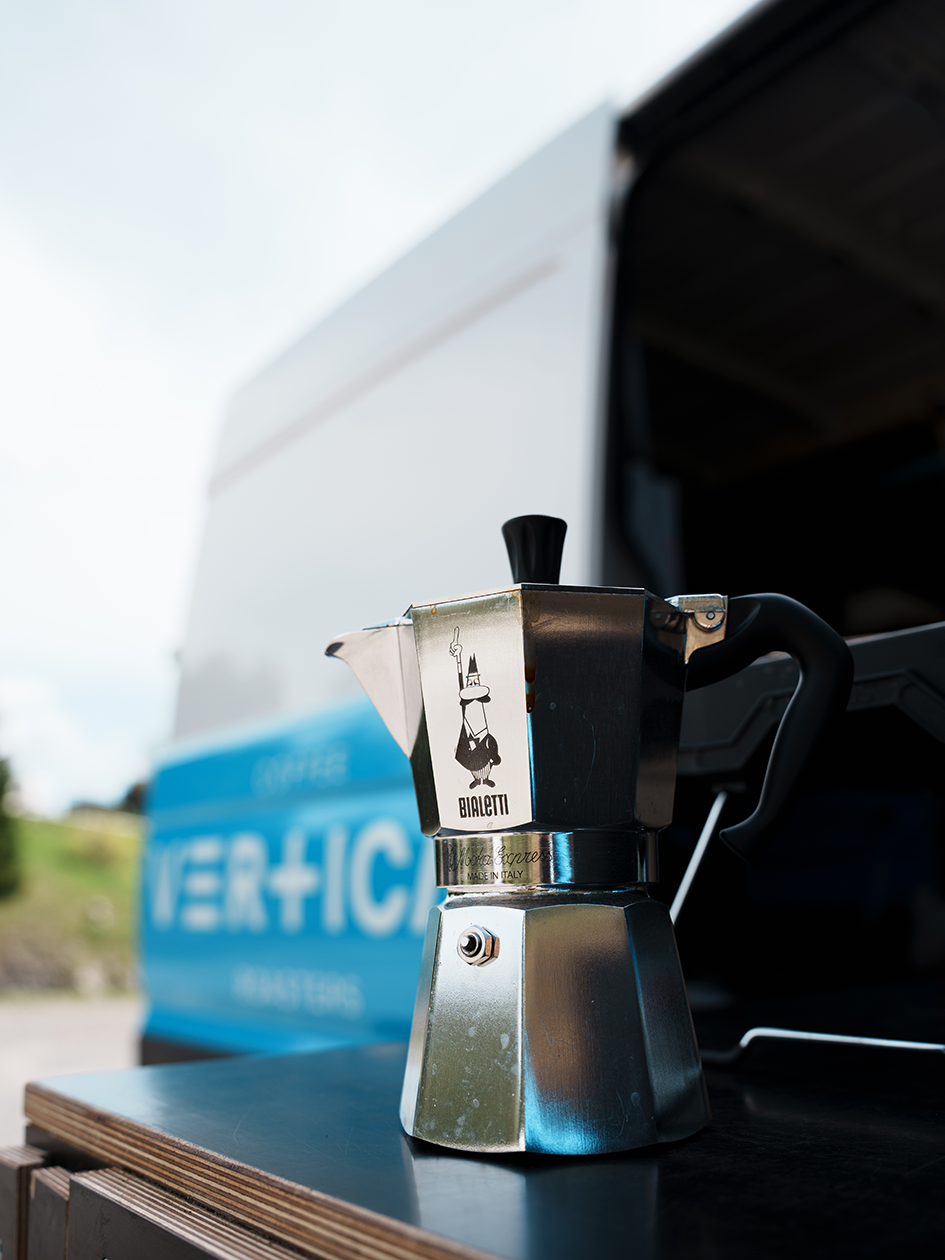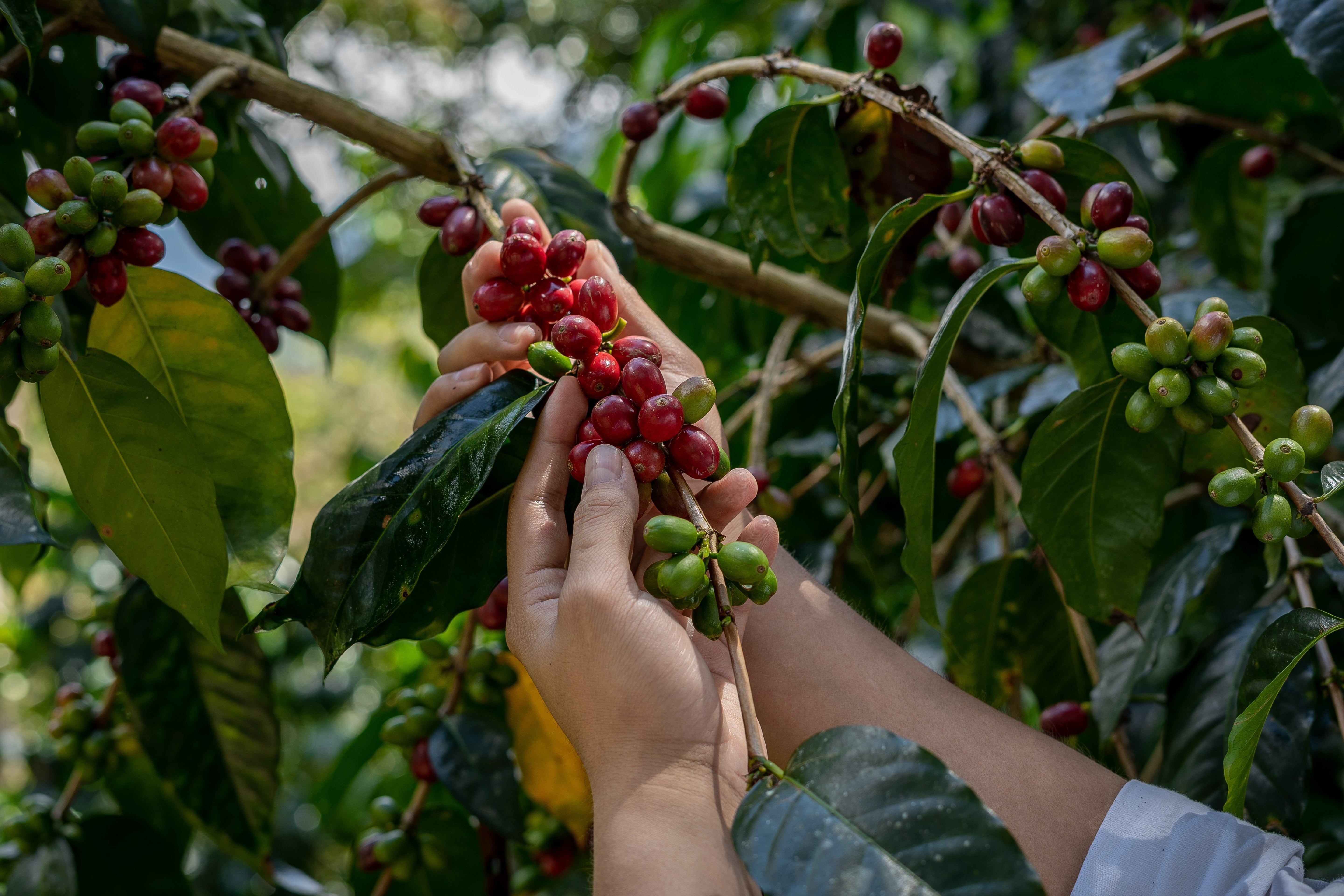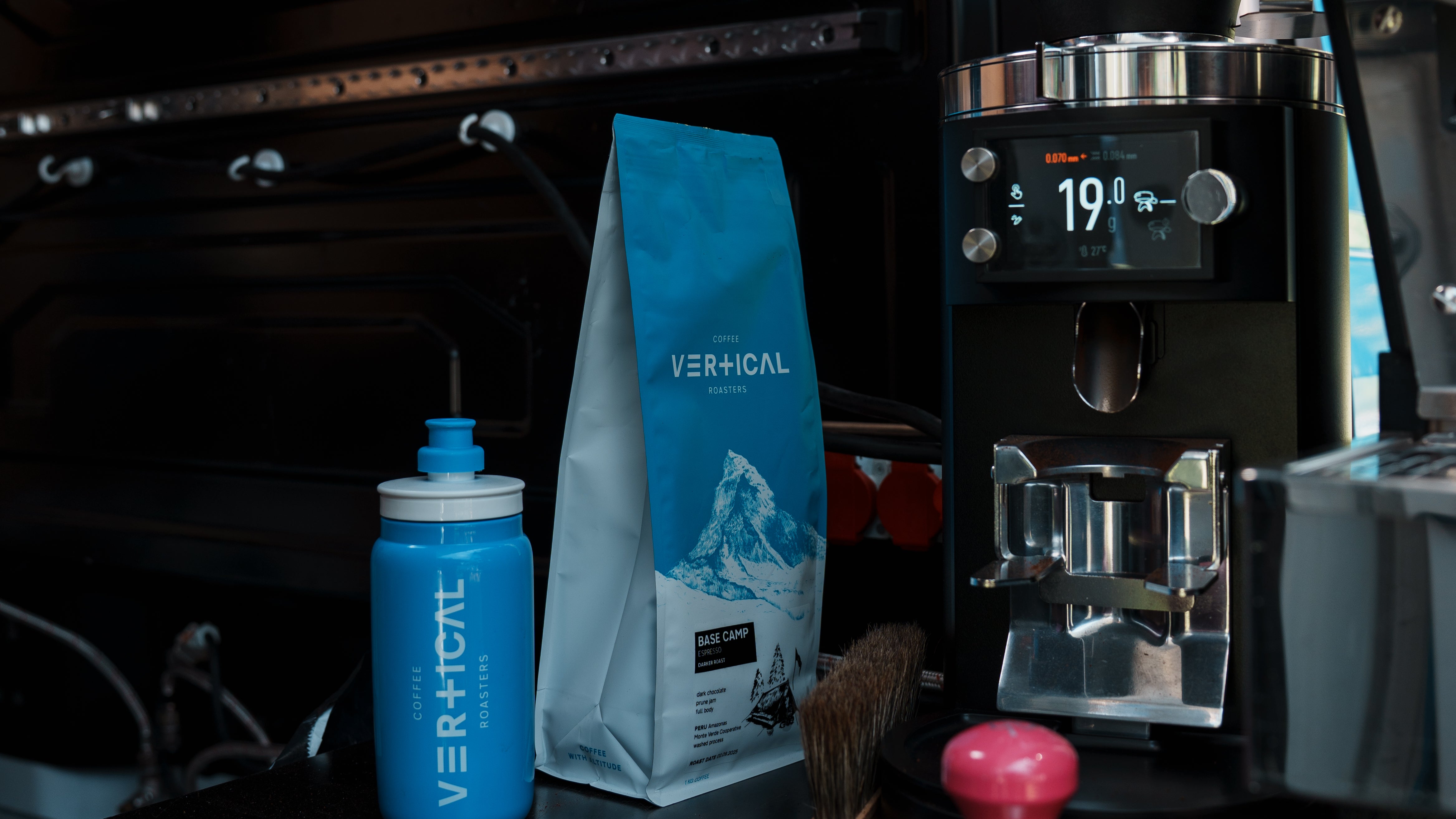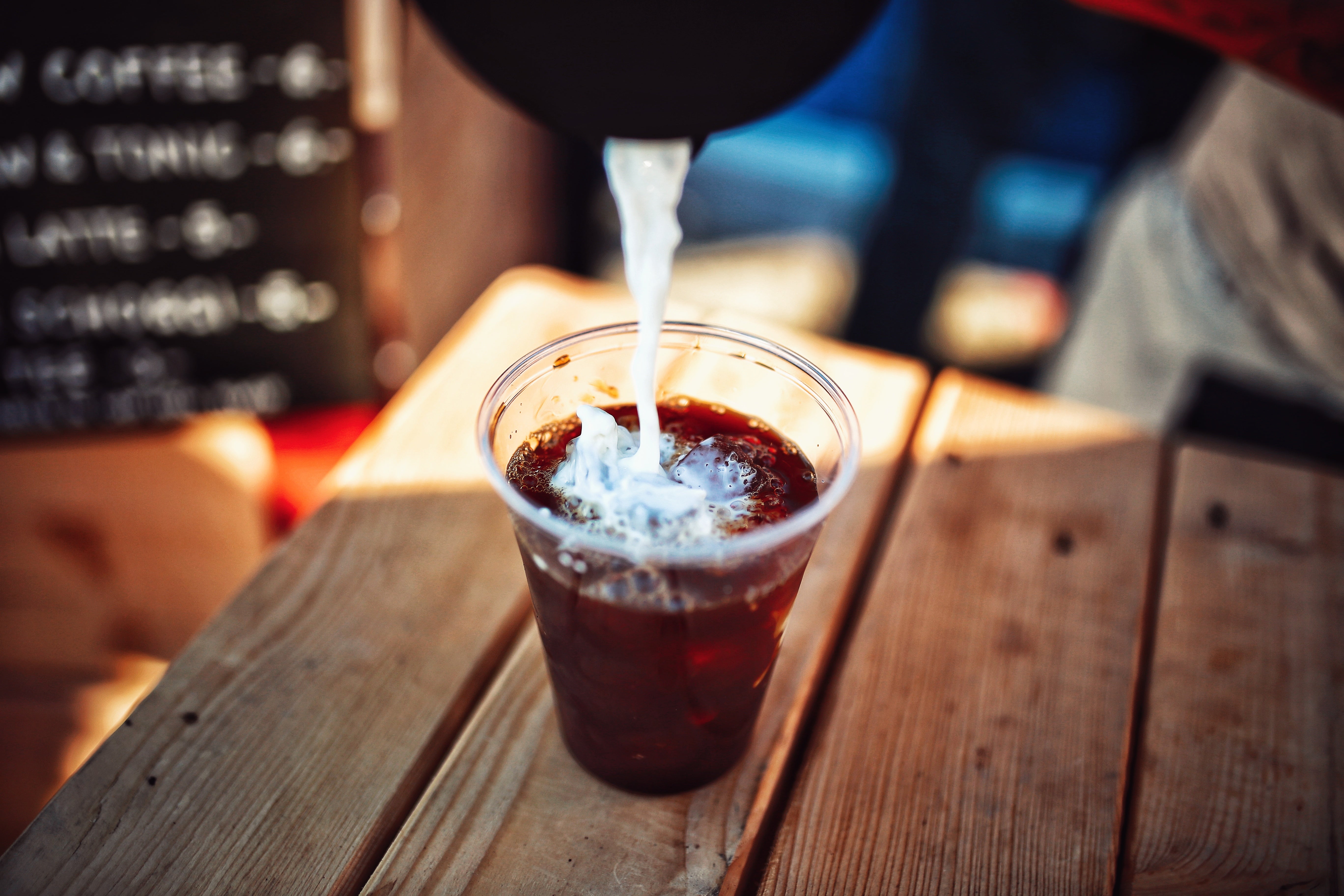Coffee ABC - B is for Bialetti

B is for Bialetti which for most people, is a synonym for the stove-top coffee percolator, or "Moka Pot".
Alfonso Bialetti, an Italian engineer, who had a metal and machine workshop in Omegna (Verbania) in Piedmont, invented and first manufactured the Moka Pot in the 1930ies. Bialetti named it "Moka Express" after the Yemeni city of Mokka - a very important port city of very early coffee distribution.
After the Second World War - during which Bialetti's workshop had to close due to other obvious worries and priorities - Alfonso's son Renato relaunched the Moka Express and added the iconic "omino con i baffi" (little man with the moustache) to each pot. This mascot might be a caricature of Renato Bialetti who himself sported a very characteristic moustache.
Thanks to the clean, classic and timeless design, the Moka Express quickly became not only a style icon in the 1950ies but its affordability, durability and simplicity made it a household staple throughout Italy and beyond. Although it has its place in several museums (including the Museum of Modern Art in New York), some kind of Moka Pot can be found in most kitchen cabinets and camping gear boxes all over Europe, Latin America and Australia.
Although the design of the Moka Express was patented back in 1933, there have been countless other manufacturers selling some iteration of the device. They all use the same principles but come in different shapes, sizes and materials or have extra features.
The Moka Pot is made of basically three parts (or five to be very precise): The lower chamber which includes a safety valve, the basket which slides into/onto said chamber and the upper chamber (which has a metal filter disc and a rubber gasket that can be removed for cleaning). More on cleaning a bit later.
How does the Moka Pot actually work? Well, the lower chamber is filled with water up to the safety valve. Then the basket is filled with ground coffee and the upper chamber is screwed on tightly. Place the Moka Pot on the hot stove and wait for the magic to happen... at some point there will be coffee exiting the spout in the upper chamber. Voilà, you've got yourself a tasty cup of coffee.
And while the Moka "Express" kind of sounds like "espresso" and is from Italy, the coffee it makes is not an espresso. Strength-wise, the beverage you brew is more like an intense Americano/Lungo and it also doesn't have a crema. Crema is a whole other topic for another post though, so we'll not go into that right now.
That's basically how the Moka Pot works. To get a great result however, there are a few simple but important details to consider:
1. Use pre-heated water. The reason for the water to rise up through the ground coffee in the basket and up through the spout is not that the water has turned into steam and is steaming its way from the lower to the upper chamber. It's the air in the lower chamber which expands through heat (thermal expansion) and pushes the water up through the basket. Now the air heats up faster than the water and if you use cold water to begin with, it will be warm when pushed up but not hot enough to properly extract the coffee within the short contact time. Pre-heating the brewing water helps get the water hot enough for extraction and your result will taste significantly better. Especially if the coffee you're using is not a super dark roast.
2. Use the proper grind size and the right amount of coffee. As with any coffee extraction, the right grind size is key. Too fine and the water will have a hard time getting through the coffee bed and can lead to channeling (bypassing the coffee without extracting) Too coarse and there's not enough surface area for the water to extract the coffee. If your grinder has a scale of 1 to 10, we recommend a setting of around 3 or 4 - so a bit below medium but not super fine. Fill the basket to the top and leave it lightly packed. Don't tamp it like you would with an espresso portafilter. There is not enough pressure of the water passing through. Remember: The Moka Express is not an e(x)spresso.
3. Keep your gear clean. There is this myth that you should never ever clean your Moka Pot or the coffee will taste bad - or you will be struck by lightning caused by an angry Nonna in the sky. For some reason people believe this. But the same people actually do wash their dishes and pots and pans after they've used them for cooking and eating. It's a no brainer. The same actually goes with any coffee equipment: The tastiness in coffee is transported by oils and those oils leave some residue on your gear. If you don't clean it, the oils will start to go rancid and that just doesn't taste good. Full stop, no discussion. So clean your equipment - including the Moka Pot - properly and with a soapy detergent. Also disassemble all parts to get into the inside of the pot. Then rinse it thoroughly and make sure there's no soap left anywhere. That's it, no lightning.
If your Moka Pot is made of aluminium (like the original Moka Express), don't put it in a dishwasher though - it damages the material.
So, now you know the backstory of this iconic device and the ins- and outs of getting the best brew from it. A final tidbit of Bialetti history for you: Renato Bialetti not only made the device his father invented loved and known the world over, he literally took the Moka Express with him to the grave. When he died in 2016 at age 93, the final resting place for this ashes was a large Moka Pot shaped urn. Even featuring the iconic "omino con i baffi".



